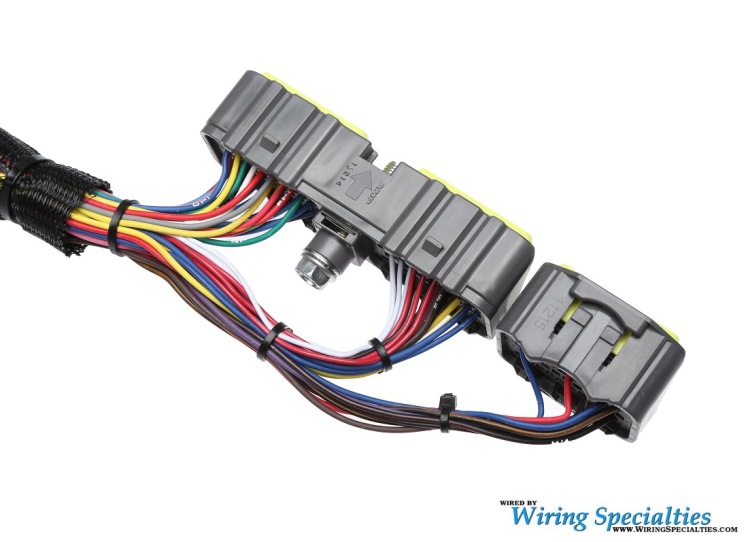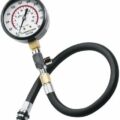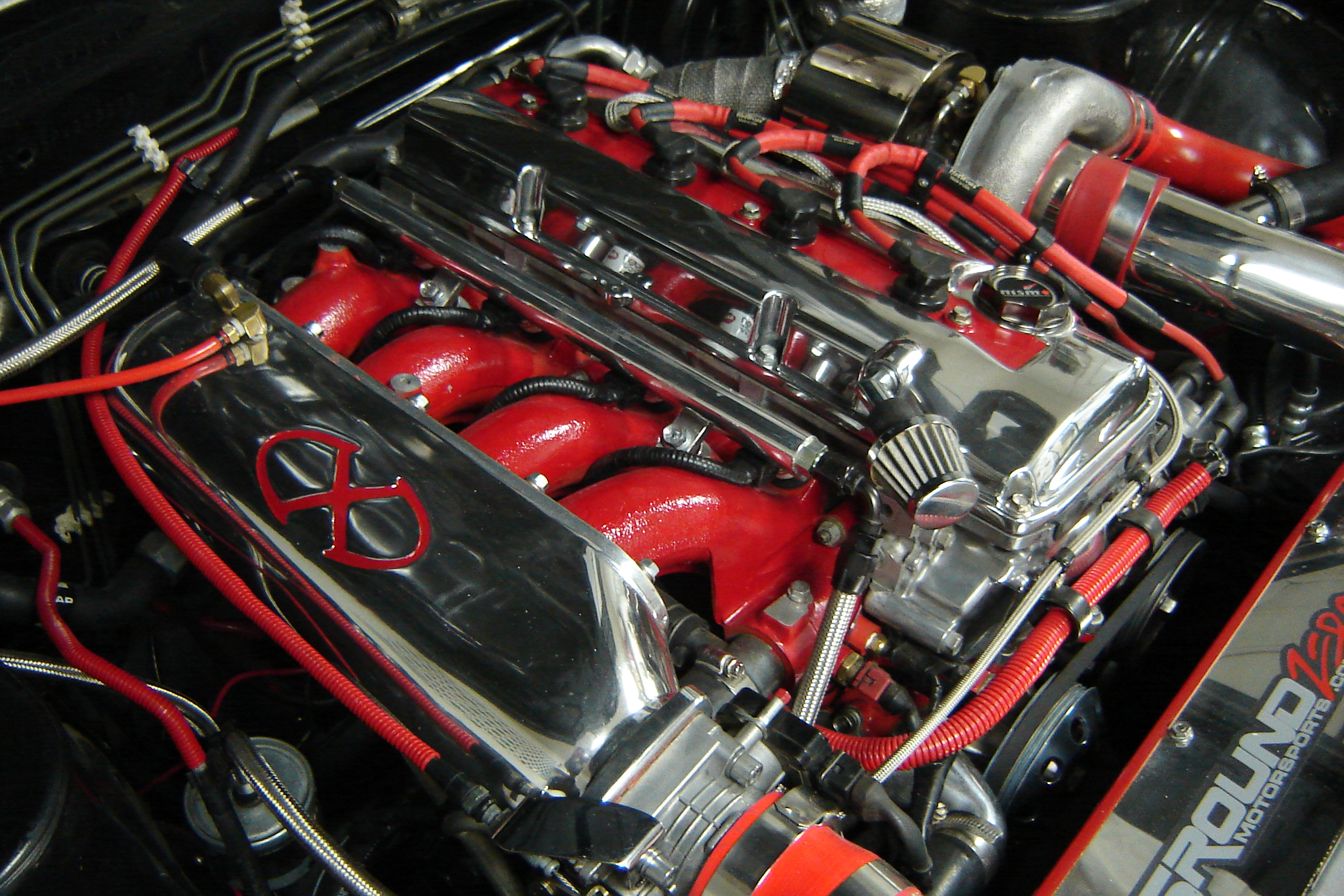Fuel pressure regulator
By:Mike Lee
Most modern fuel injected cars run a fuel pump in the tank and run much more fuel than is needed to the fuel rail. A regulator keeps a certain amount of fuel pressure in the rail and then sends the rest back to the tank.
Your car as well as most fuel injected cars have a one to one fuel regulator. It varies the fuel pressure by ‘watching’ manifold pressure. It uses a diaphragm to control pressure. Most Nissans at idle (vacuum) fuel pressure is 34psi and at full throttle (No vacuum in theory) 43psi. If you further put pressure (turbo or super charger) to the manifold, it further increased fuel pressure. In factory regulators, for every pound of boost, it adds a pound of fuel psi. Hence 1 to 1.
Most adjustable regulators are still one to one or close to that, however you can adjust the pressure at idle or full throttle for fine tuning. There is one other type of regulator that is used with aftermarket forced induction. These are rising rate regulators commonly called FMU’s (fuel management unit). These regulators increase fuel pressure at a multiplication factor of boost. So instead of messing with complicated computers and injection duty cycles, these systems just increase fuel pressure to add fuel. They go inline down from the factory regulators and only start to add pressure under boost. So when you are off boost, you maintain factory tuning and drivability. Only as you get boost does the FMU begin to increase fuel pressure.
To check fuel pressure regulator:
Release the fuel pressure in the system by removing the fuel pump fuse and start the engine. After it stalls, crank it a few more times to release the fuel pressure.
Install the fuel pressure gauge on the inlet side of the pressure regulator, start the car and check for fuel leaks.
At idle, the pressure should be approximately:
235kPa / 2.4 kg/cm2 / 34 psi.
Disconnecting the vacuum hose, you should see:
294 kPa / 3.0 kg/cm2 / 43 psi.
Afterwards, connect a hand vacuum pump to the regulator and start the engine. As the vacuum INCREASES, the fuel pressure should DECREASE. If this is not the case, time for a new pressure regulator.








